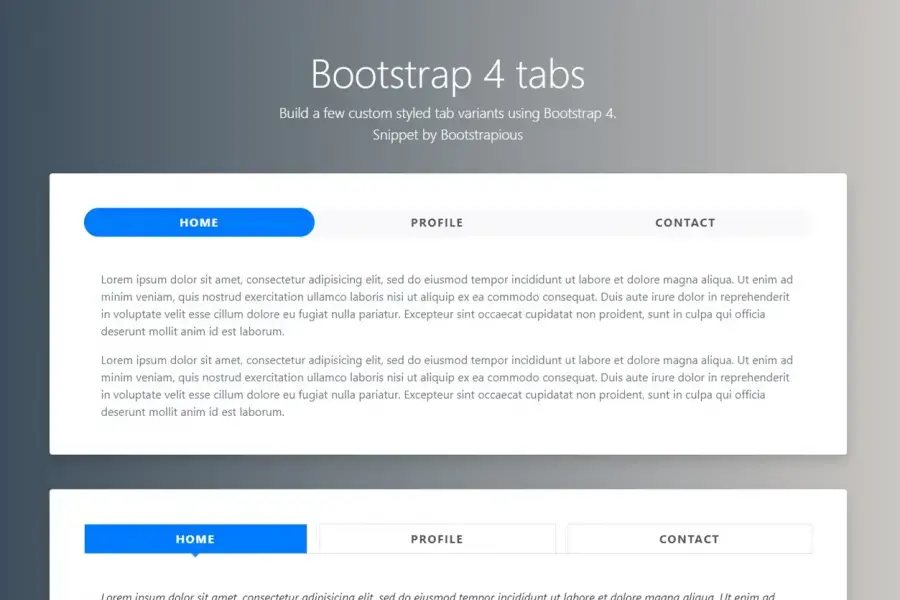The best way to get client feedback
Picture this if you will...
Your team has been working with a client for a couple of weeks on a new website. They are utterly stoked with the visuals your designer has mocked up, you’ve upgraded their functionality from web 2.0 to something that actually works and now, you’re ready to give them their first proper “live” or “clickable” taste of their site.
-1.jpg)
You’re pretty pleased with yourself when you hit send, the site looks slick, it still needs a few tweaks and a little more content but overall everyone on the team is ready for some great feedback.
Great feedback indeed. A LOT of great feedback.
The site link has been sent around the client's office and literally, everyone has an opinion on it. Heck, they probably even asked the janitor. They’re excited after all.
Then come the emails, lots of emails with feedback like:
- There’s a typo on the about page, it should be Gym not Jim
- The pictures are showing on my mobile
- I think the heading on the homepage should be bigger
- New phone who dis?
If you find yourself spending more time collating feedback, sending a cut and paste email 20 times with questions like “can you attach a screenshot”, “are you on a mac or a pc” and “what URL are you referring to?” you seriously need to explore a bug/issue tracking or visual feedback tool.
A tool like BugHerd sits on top of the website you’ve created. Like a transparent skin. It essentially pins the change request or issue highlighted directly where it appears. It’s literally like using sticky-notes on a website, except that it’s way better for the environment and far less messy...
How to install and use BugHerd:
Step one: Create a BugHerd project and invite your team. Create a URL and don’t forget to include the staging site… let’s get that feedback EARLY!
Step two: Invite the folks (clients, internal stakeholders etc) to BugHerd that you want to get feedback from. They only need to install a browser extension (unless you’ve installed the line of JS into the site) and it couldn’t be easier for them to get started (it takes less than 2 minutes). This is how it works:
Step three: Your client points, clicks, writes the issues and hits send. You watch the feedback roll in, with screenshots, Browser, OS and CSS selector data included. You can then tag, assign and get started on fixes and changes without (in most instances) going back and forth for more info. It’s pretty dreamy.
The best part is that all the feedback goes to a kanban board to project manage like a fully featured bug reporting tool. A full-featured tool that doesn’t suffer feature bloat and difficulty to use, like a lot of the alternatives on the market.
Actually, we lied. The best part is that you can try it for free for 14 days with no credit card authorisation upfront. It’s a no brainer.





